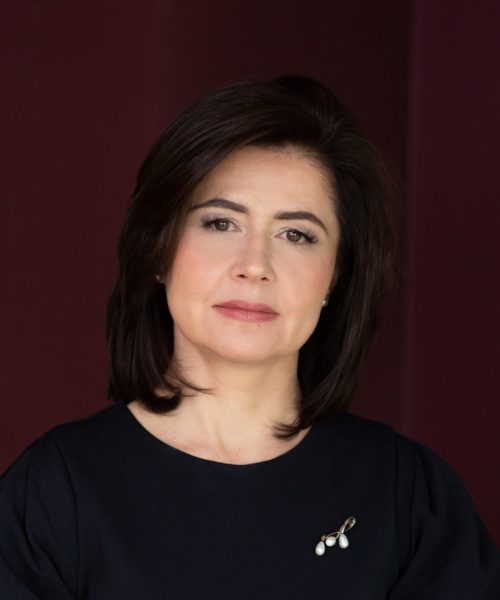
On 05/02/2024, Tatyana Tsepkina shared with the readers of the Advocate Newspaper her view on one of the latest high-profile cases of subsidiary liability resolved by the Supreme Court of Russia.
The main feature of the case is that the Judicial Board released the director, who led the holding during the four-month period preceding the bankruptcy, from liability for the debts of the holding to creditors. However, initially the case developed differently. The bankruptcy trustee’s claim for subsidiary liability was satisfied in respect of only one of the seven defendants in the case — the last director. Three judicial instances came to the conclusion that, since the financial indicators of the holding company received negative dynamics during his management, the director neglected the obligation to apply to the court for declaring the company bankrupt within the time limit established by law, which served as the basis for bringing him to subsidiary liability.
The Supreme Court critically assessed the conclusions of the lower courts and took a different position. Canceling judicial acts of all three instances against the last director, the judicial Board pointed out that the mere fact of deterioration of financial indicators characterizing the activities of the holding does not indicate the presence of guilt in the actions of the defendant. The highest court naturally noted the unfairness of the fact that the last director will bear subsidiary responsibility in any case, even if the causal relationship between his actions and the deterioration of the financial situation of the company has not been proven, since on the eve of bankruptcy, the economic indicators of a legal entity inevitably deteriorate.
“Currently, Russian bankruptcy legislation has a clearly “pro-credit” bias. This, in particular, means that the range of persons at risk of unjustified subsidiary liability is not limited in any way. At the same time, a well-balanced and reasonable judicial practice is beginning to take shape in assessing the actions of the heads of bankrupt organizations during the “disputed” period. The case under consideration is a vivid example of this. I would like to hope that the lower courts will properly perceive this reasonable “signal” of the highest judicial instance,” says Tatyana Tsepkina, head of the L&P Insolvency and Bankruptcy practice, supplementing her comment for the main publication of the Russian law community.






